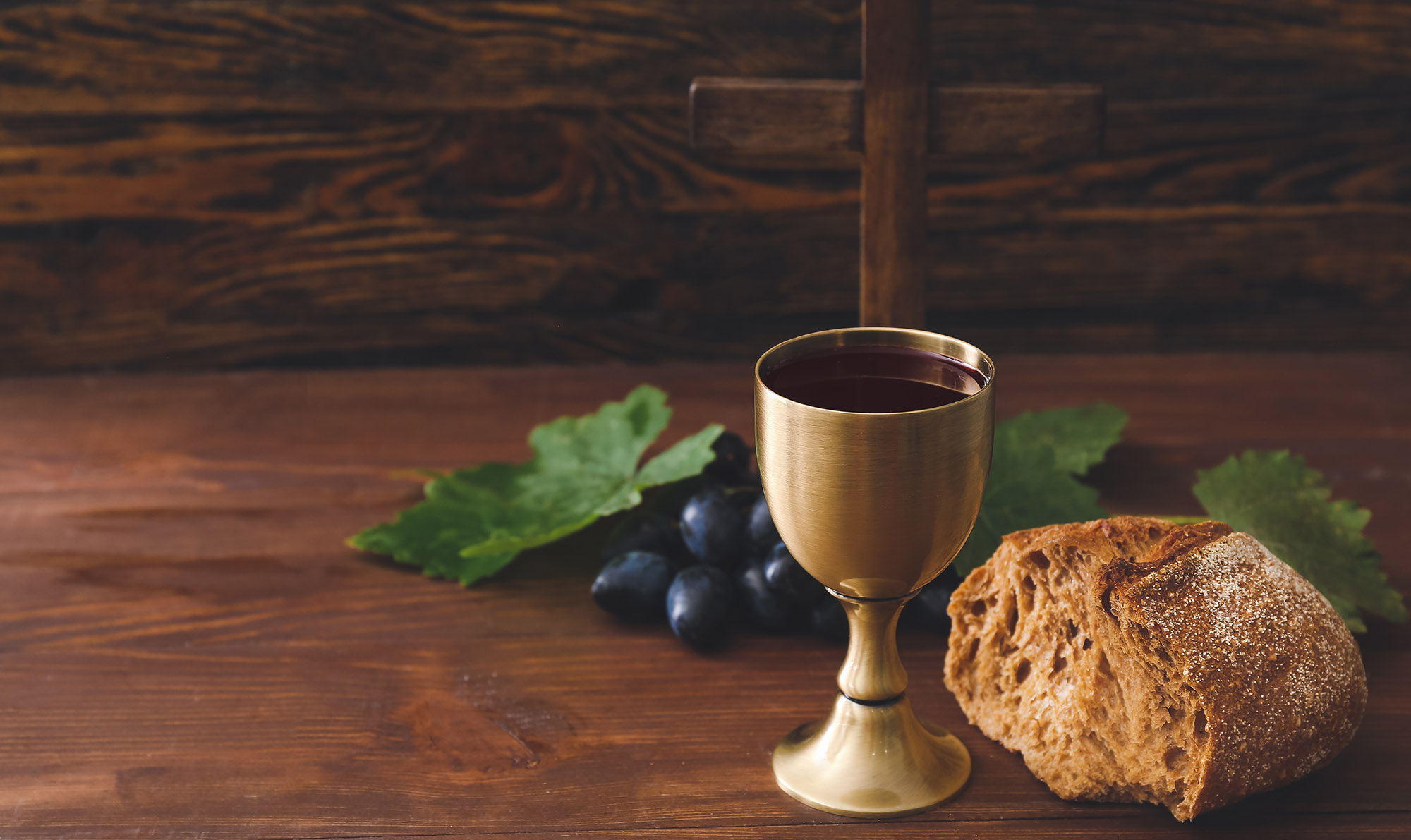
Author: Randy Hamilton
I am fascinated by history and how small, seemingly insignificant events made huge impacts on the trajectory on the course of humanity. This is evident in the story of how sacramental wine produced by monasteries and missions saved many of today’s vineyards.
Prohibition was a period of time in the United States from 1920-1933 when the sale, manufacture, and transport of alcoholic beverages were illegal. Despite the legal restrictions on alcohol, winemakers at mission churches and monasteries found ways to continue producing wine for their local congregations. These places of worship held special privileges granted by the government that enabled them to make and serve wine with much less restriction than other establishments.
One example is St. Vincent’s Church in Los Angeles which had its own vintners license approved by California’s Alcoholic Beverage Commission in 1921. This allowed them to produce up to 300 gallons per day, making it one of the only legitimate sources of sacramental wines during Prohibition. Likewise, several monasteries throughout the state continued their production unhindered by laws due to their religious affiliations.
As a result, missions and monasteries played an important role in maintaining viticulture practices during this difficult period for wine producers. They often used methods such as de-alcoholizing grapes by heating rather than fermenting them or simply hiding barrels under buildings to keep production going without being noticed by authorities. Furthermore, these churches also provided a safe haven for grape growers who might have otherwise been put out of business due to strict regulations put in place during the ban on alcohol.
The contributions made by these religious institutions proved invaluable for Californian winemakers as they kept high quality wine flowing despite extremely challenging conditions imposed upon them from outside forces. As we look back on this period today, it is clear that generations past were not deterred by Prohibition laws and still managed to keep viticulture alive thanks in large part to mission churches and monasteries throughout California!
It was not just prohibition period that these christian institutions played a large role in shaping viticulture. The history of wine and its presence in major world religions such as Christianity is a dates way past the 1900s and prohibition.
It has been argued that Christian missions played a key role in the development of the modern wine industry by introducing viticulture practices to new regions and cultures along with their own beliefs and worldviews.
It is believed that ancient Greeks were some of the first to establish areas for grape cultivation, but over time this practice became integrated with other cultures due to both trade and religious expansion. In particular, early missionaries from the Catholic Church were essential in bringing viticulture practices to new parts of the world including Europe and Latin America during the medieval period. They took it upon themselves to teach local peoples about winemaking through lectures, demonstrations, and instructions on how to best cultivate vineyards.
In addition, missionaries also introduced spiritual elements into winemaking by using wine as part of religious rituals or services such as weddings, funerals or important dates within Christian tradition. This helped increase public acceptance of drinking wine while also propagating its use across many generations. As a result, a culture was created whereby people regarded wine not only as an alcoholic beverage or medicine but also something connected to their religion and beliefs thus adding further significance when consuming it.
Moreover, missionaries played an important role in establishing rules and regulations surrounding winemaking which still exist today internationally. For example, their knowledge about land usage allowed them to properly determine proportions for vineyard plots according to soil fertility levels thus allowing for better yields each season while remaining financially feasible for those involved in winemaking operations at the same time.
